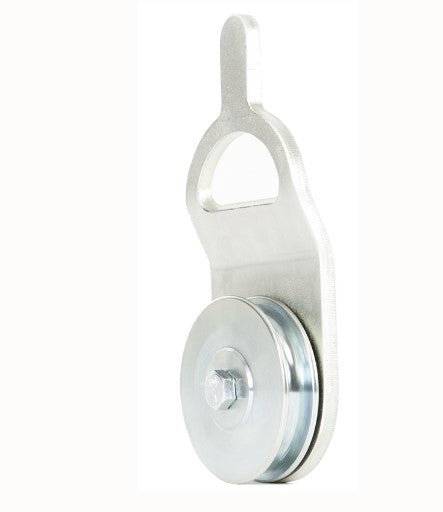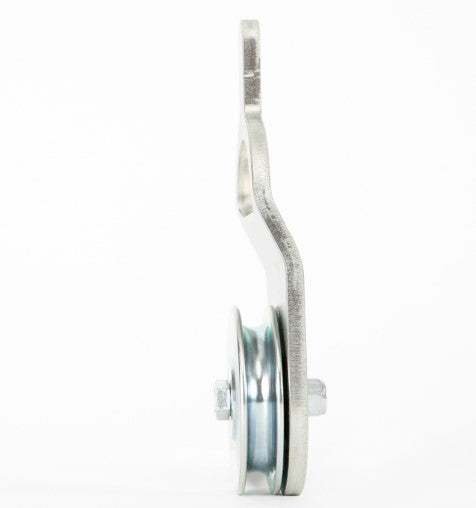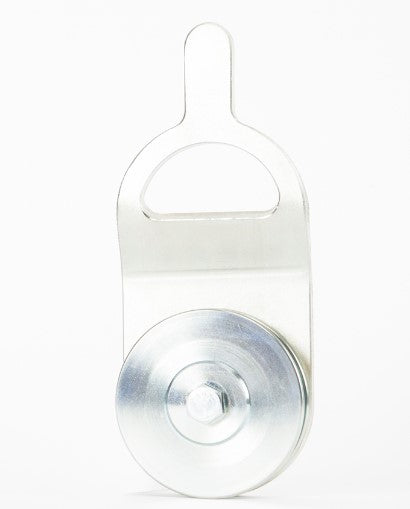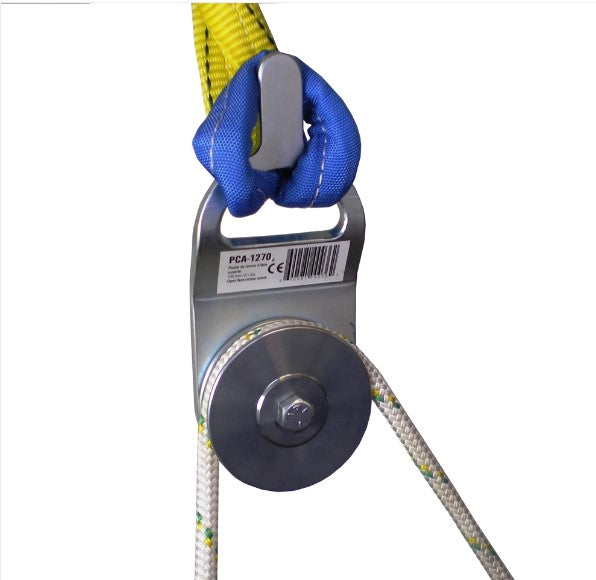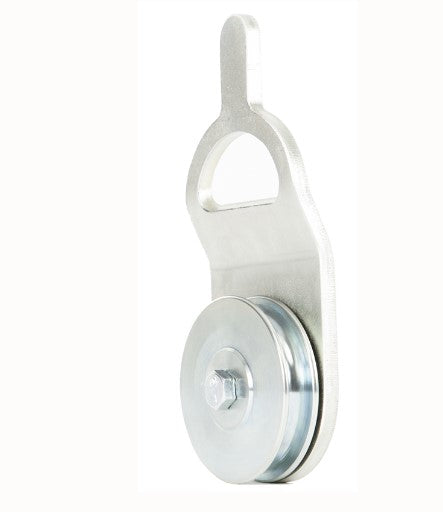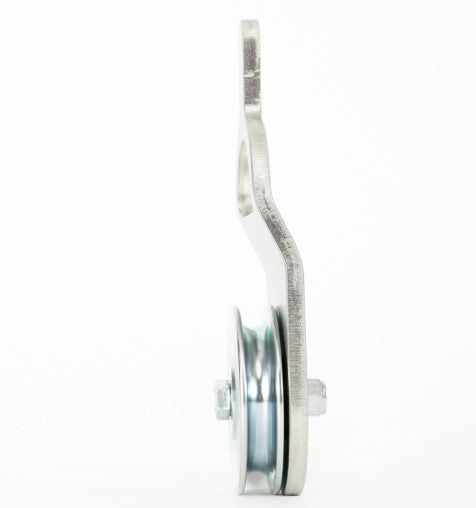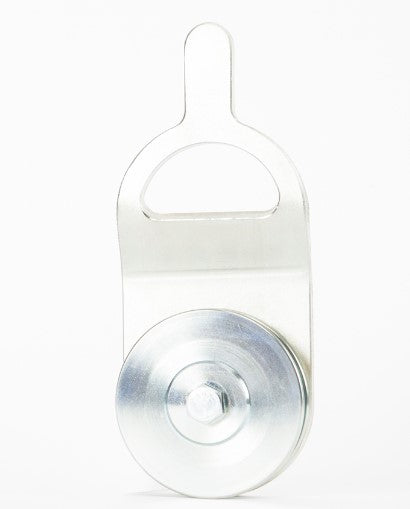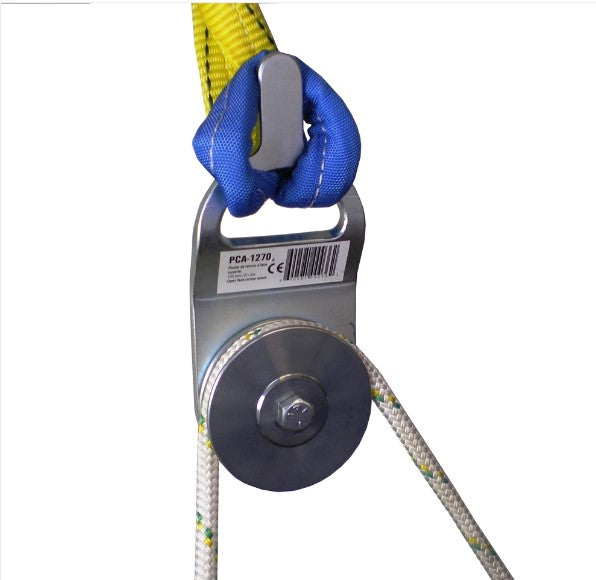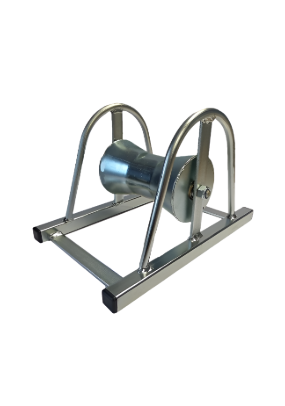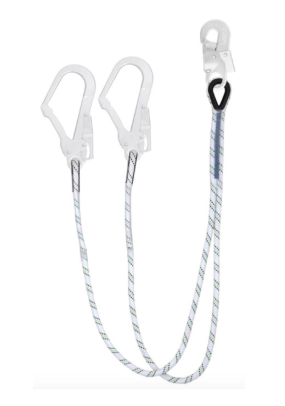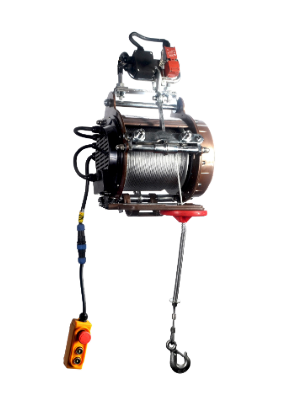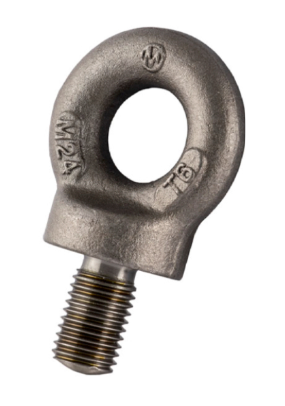Open Face Corner Block Sheave 100mm - Max Rope Diameter 12mm
The open-faced pulley is designed for pulling trees perpendicularly to the trail when traction comes from a vehicle. It is also useful for changing the trajectory and avoiding obstacles. In addition, when it is used at height, the pulling angle lifts the end of the log slighting and thus reduced friction with the ground.
Made of steel, it is shock-resistant and is generally used together with the automatic release (PCA-1291). The sheave is smooth with no sharp edges: it will not damage the synthetic ropes. The pulley’s 100 mm diameter offers good performance.
It can also be used with steel cables.
It can be attached to a tree using a polyester sling (PCA-1258/59/60).
SPECIFICATIONS
Minimum Breaking Load (metric) : N/A
Working Load Limit (metric) : 20 kN (2039 kg)
Material : Steel
WEIGHT & DIMENSIONS
Weight (metric) : 2,56 kg
Diameter (metric) : 100 mm
Length (metric) : 27 cm
Width (metric) : 14 cm
Height (metric) : 14 cm
ROPE
Minimum diameter (metric) : 6 mm
Maximum diameter (metric) : 12 mm
ADDITIONAL INFORMATION
Additional Information : It can also be used with steel cables.
Additional information : Use it in combination with our automatic release (PCA-1291).
Additional information : The NEWTON is the International System unit for force; it is equal to the amount of net force required to accelerate a mass of one kilogram at a rate of one meter per second squared. --- The WORKING LOAD LIMIT (WLL) is the maximum load which should not be exceeded under any condition. --- The MINIMUM BREAKING STRENGTH (MBS) is observed during a destructive test. You should divide it by an appropriate safety factor.






